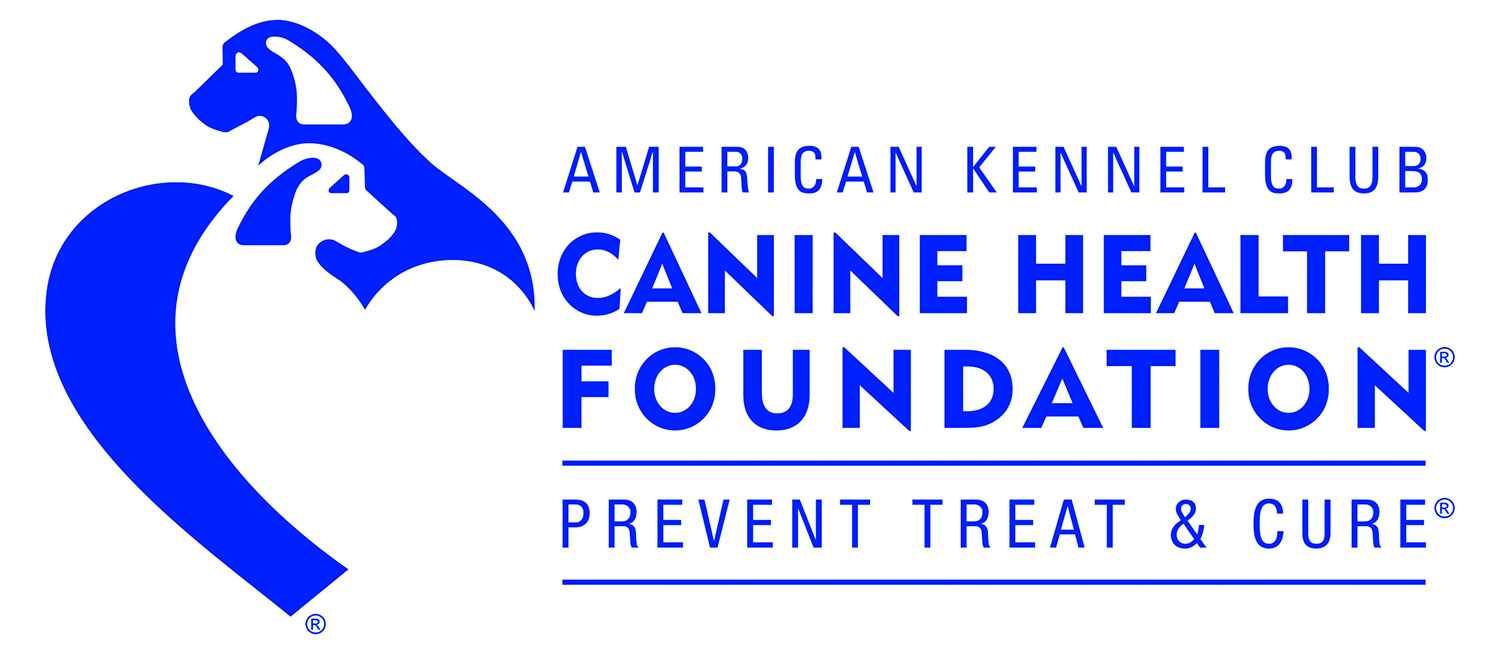< Canine Health Bytes On Demand: Vector-borne disease diagnostics ...
Vector-borne disease diagnostics: From "ruff" to "purrfect"

Pedro P. Diniz, DVM, PhD
Now available for viewing On Demand
Running time: 44 mins
Worldwide, diseases that are transmitted by ticks and fleas to companion animals continue to expand in frequency and geographic distribution. While a positive test result for a vector-borne disease greatly helps the clinician in providing appropriate care, a negative test result always introduces extra challenges. Nowadays, serology and PCR are well-established methods used to diagnose vector-borne diseases (VBDs), but certain limitations of these assays impact the detection of pathogens and our ability to make a correct diagnosis.
The massively parallel sequencing technology known as next-generation sequencing (NGS) has revolutionized biological sciences. It has become a key tool in detecting and characterizing infectious diseases in humans, such as the SARS-Cov2 virus. NGS is soon to become an important tool in veterinary medicine as well.
The focus of this presentation is vector-borne disease (VBD) diagnosis and the discussion will include:
Brought to you by

Veterinary Professionals can earn AAVSB RACE, NY State, and NJVMA-approved CE credit on a pay-per-view basis or inclusive of a VetVine Premium Membership.